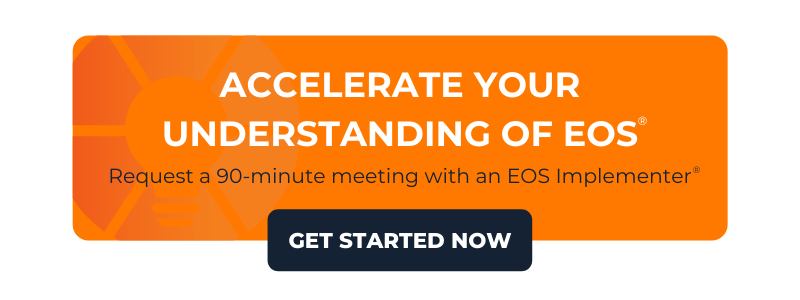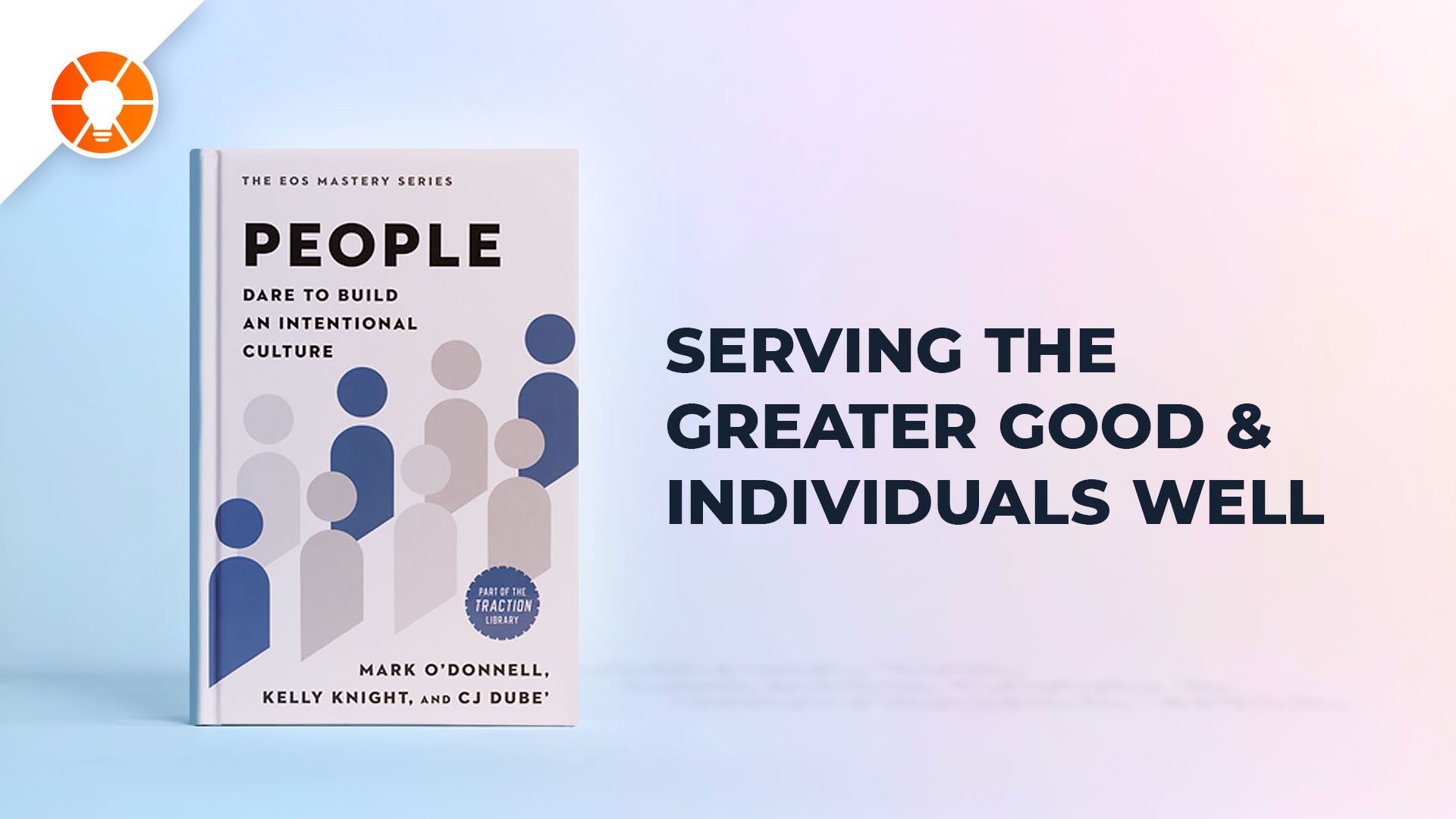
Bill Clinton made his national debut with a speech at the 1988 Democratic National Convention. He went on for 90 minutes. By far his biggest applause line of the night was “And so, in conclusion. . .” If only he’d started there.
Issue-Solving
It’s human nature to tell the story first and make the point at the end. But issue-solving, using the EOS® IDS™ methodology, works much better when you go the other way around.
I got my personal education in this some years ago when I asked a colleague to help me think through a problem I was having with a potential client. There was a whole story. We met, it went well, we had a follow-up call. Then they disappeared. Then they came back. Then they disappeared again. And so on.
I happened to catch my colleague on a day when he didn’t have much patience. He interrupted, rudely I thought, and asked, “When this story’s over, whenever that might be, what are you going to want from me?”
“Simple,” I said, “I’m going to want to know how I can get the conversation with this company restarted.”
“Got it,” my colleague said. “You don’t need to tell me the rest of the story. The answer is that you can’t. They’re gone. What you need to do is go find some other companies to talk to.”
My colleague was absolutely right. I probably had 12 minutes of story to tell. None of which was going to change his (very good, as it happened) answer.
Issue Solving At Its Best
Issue-solving works best when you start at the end. Know which issues you need to solve in this week’s Level 10 Meeting®. Know who you need help from.
Most importantly, be prepared to tell them right up front exactly what you need from them. What does “done” or “solved” look like for you? What information do you need to give or get? What decision do you think we need to make? Be precise and clear.
You may find that this takes a little practice. One way to do this is to use a sentence like: “When this whole conversation is over, what I’m going to need from you is. . .”
Say that, and then let the team pull out of you what they need.
This will feel a little funny at first. But when the speed at which you and your team solve issues doubles or triples, you’ll learn to love it.






